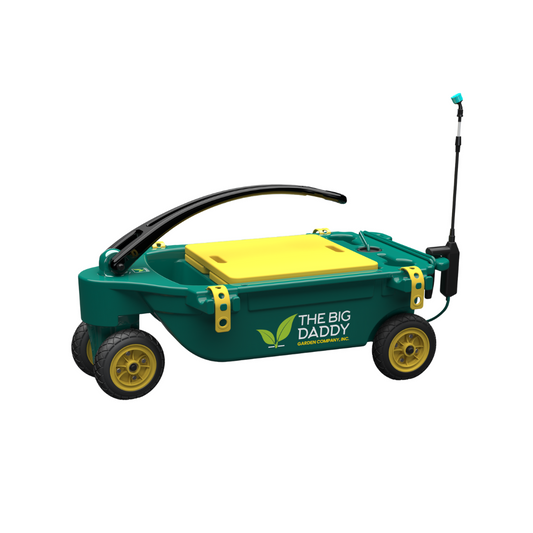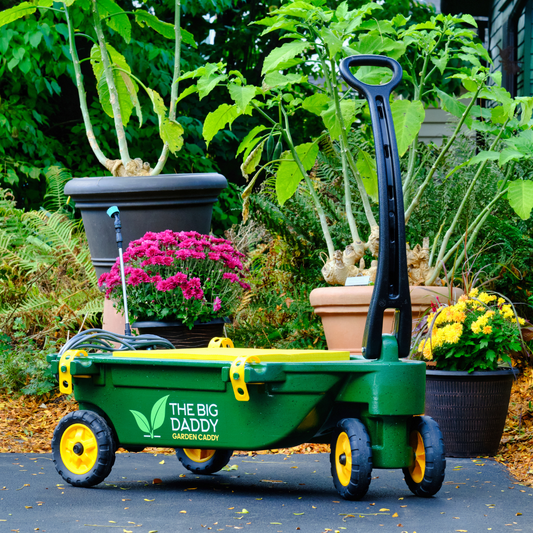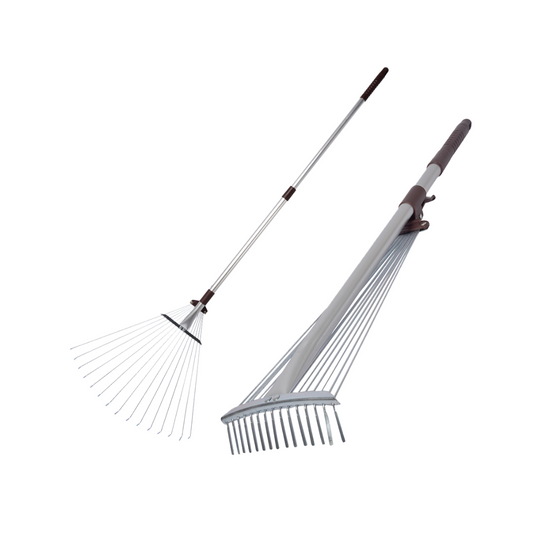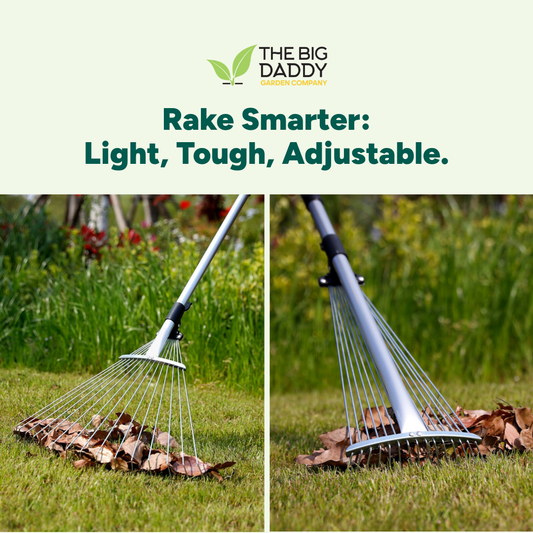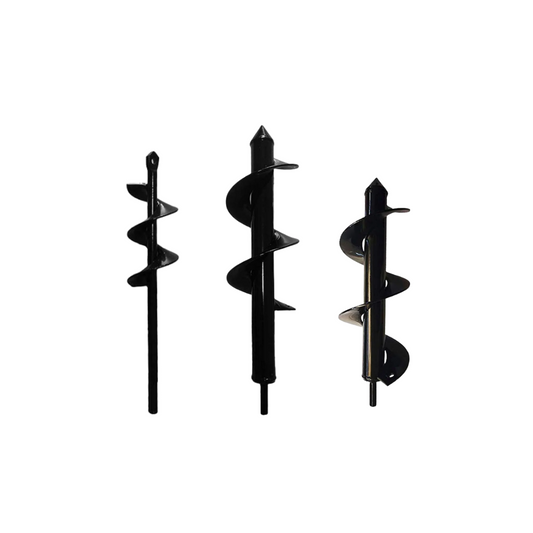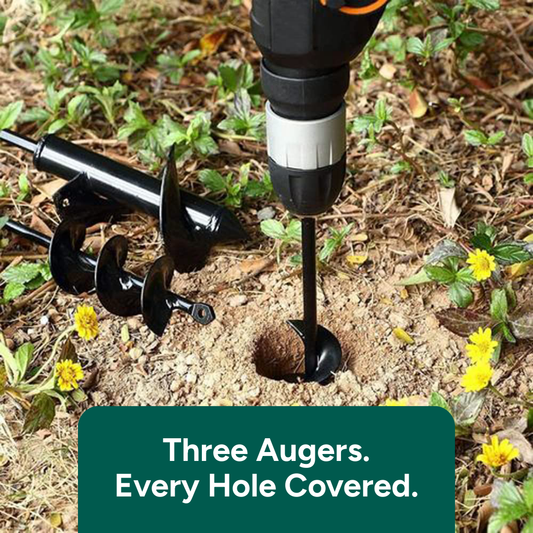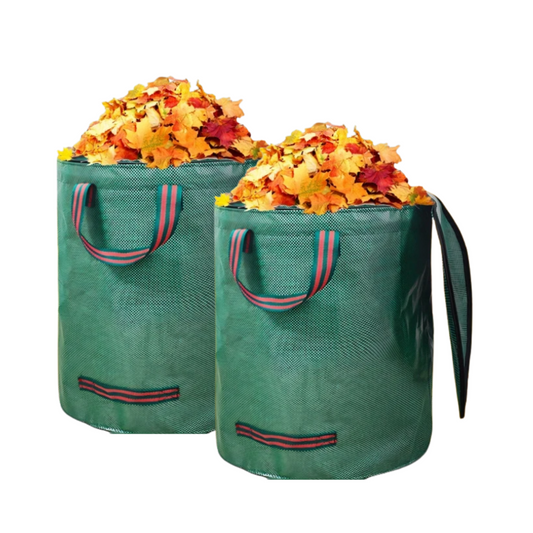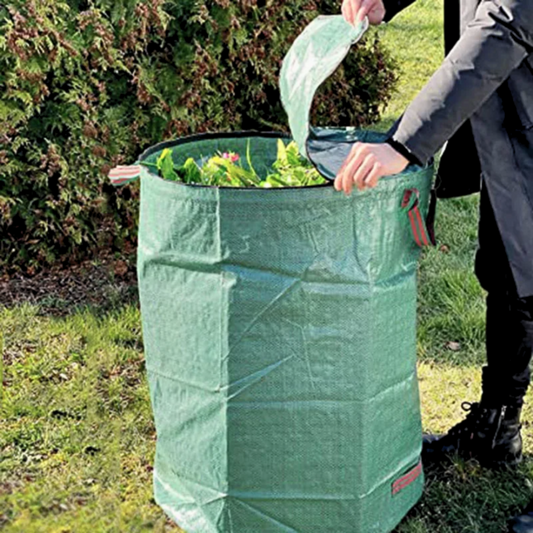
Can I Keep My Seeds and Bulbs till Next Year?
Can I Keep My Seeds and Bulbs Till Next Year?
One of the most common questions gardeners ask as the season winds down is: “Can I save my seeds and bulbs for next year?” After months of tending to your garden, it’s natural to want to stretch your investment and carry your successes forward. Waste not, want not, right? The answer is yes—but with some important considerations. Proper storage, timing, and conditions make all the difference when it comes to keeping seeds and bulbs viable for the next planting season. So, grab your metaphorical trowel and lets dig in…
Let’s Talk Science Behind Seed Viability
Seeds are remarkable little packages of life. Inside their protective coats, they contain the genetic blueprint and nutrients needed to grow into a new plant. However, their ability to sprout—or viability—depends on how they are stored. Over time, seeds lose moisture, their cells deteriorate, and germination rates decline.
Most seeds can remain viable for at least a year, and many last much longer. For example, lettuce, tomato, and radish seeds often stay good for four years or more under proper conditions, while onion and parsley seeds tend to lose viability after just one or two years.
The key factors that affect seed longevity are:
- Temperature – Seeds last longest in cool, stable environments.
- Humidity – Excess moisture encourages mold and premature sprouting.
- Light – Direct sunlight can weaken seeds.
A good rule of thumb is to store seeds in a cool, dark, and dry place. Think of an airtight container in a basement or refrigerator, rather than a hot garage or humid shed.
How to Store Your Seeds for Next Year
If you’re saving seed packets or leftover seeds from this season, here’s how to maximize their chances of sprouting next year:
- Keep them dry – Place seeds in an envelope or paper bag, then store that inside an airtight container. Adding a silica gel packet or a small amount of dry rice can help absorb excess moisture.
- Cool storage is best – A refrigerator (not freezer) is ideal for most seeds. Just be sure to keep them away from foods that release moisture.
- Label and organize – Mark each packet with the plant type and year, so you don’t end up guessing which tomato variety you planted three years ago.
- Test before planting – If you’re unsure whether old seeds are still good, try a quick germination test. Place 10 seeds between damp paper towels, keep them moist, and check in a week or two. If 7 sprout, you have a 70% germination rate—enough to use.
What About Bulbs?
Bulbs, like tulips, daffodils, or gladiolus, are living storage organs, and their survival depends on staying healthy during dormancy. Unlike seeds, bulbs are more sensitive to improper storage because they contain fleshy tissues that can rot, dry out, or become infected by mold.
Here’s how to handle bulbs if you plan to keep them for next year:
- Timing is everything – Dig up tender bulbs (like gladiolus or dahlias) after the first frost but before the ground freezes. Hardy bulbs (like tulips and daffodils) are usually best left in the ground, though you can lift and store them if necessary.
- Cure before storage – Allow bulbs to dry in a warm, airy spot for a few days. This helps toughen the outer skin and reduces the risk of rot.
- Store properly – Place bulbs in breathable containers (like mesh bags or paper sacks) with dry peat moss, sawdust, or shredded newspaper. Keep them in a cool, dark place—ideally between 40–50°F.
- Check regularly – Inspect stored bulbs every month. Remove any that show signs of rot or mold to prevent the problem from spreading.
How Long Will They Last?
The shelf life of bulbs depends on their type and condition:
- Tulips, daffodils, hyacinths – Usually fine when left in the ground, but if stored, they should be replanted within a year.
- Dahlias and gladiolus – Can last through one dormant season if stored properly, but rarely survive beyond that.
- Onions and garlic sets – Typically keep well for several months but should be replanted the next season for best results.
Tips for Success
If you’re serious about saving seeds and bulbs for next year, here are a few additional strategies:
- Harvest mature seeds only – Seeds collected too early from pods or flowers may not be fully developed and won’t germinate well.
- Avoid mixing varieties – Store different plant types separately to prevent confusion and cross-contamination.
- Plan for next season – Take inventory of your seeds and bulbs during the winter, so you know what you already have before buying more.
- Know when to let go – Sometimes, old seeds simply won’t sprout, or bulbs won’t survive storage. Don’t be afraid to compost them and start fresh.
So, can you keep your seeds and bulbs till next year? Absolutely—with the right preparation and storage methods. Seeds stored in cool, dry, dark places often last several years, while bulbs need a little more care but can usually survive one dormant season.
By learning how to preserve them, you not only save money but also deepen your connection to the rhythm of gardening. Every time you plant saved seeds or bulbs, you’re carrying forward a little piece of last year’s garden into the future. And in many ways, that continuity—the cycle of saving, storing, and replanting—is at the very heart of gardening itself.
Join us next week here at Dirt Don’t Hurt with Big Daddy when we’ll talk about simple ways to use rocks in your garden!

